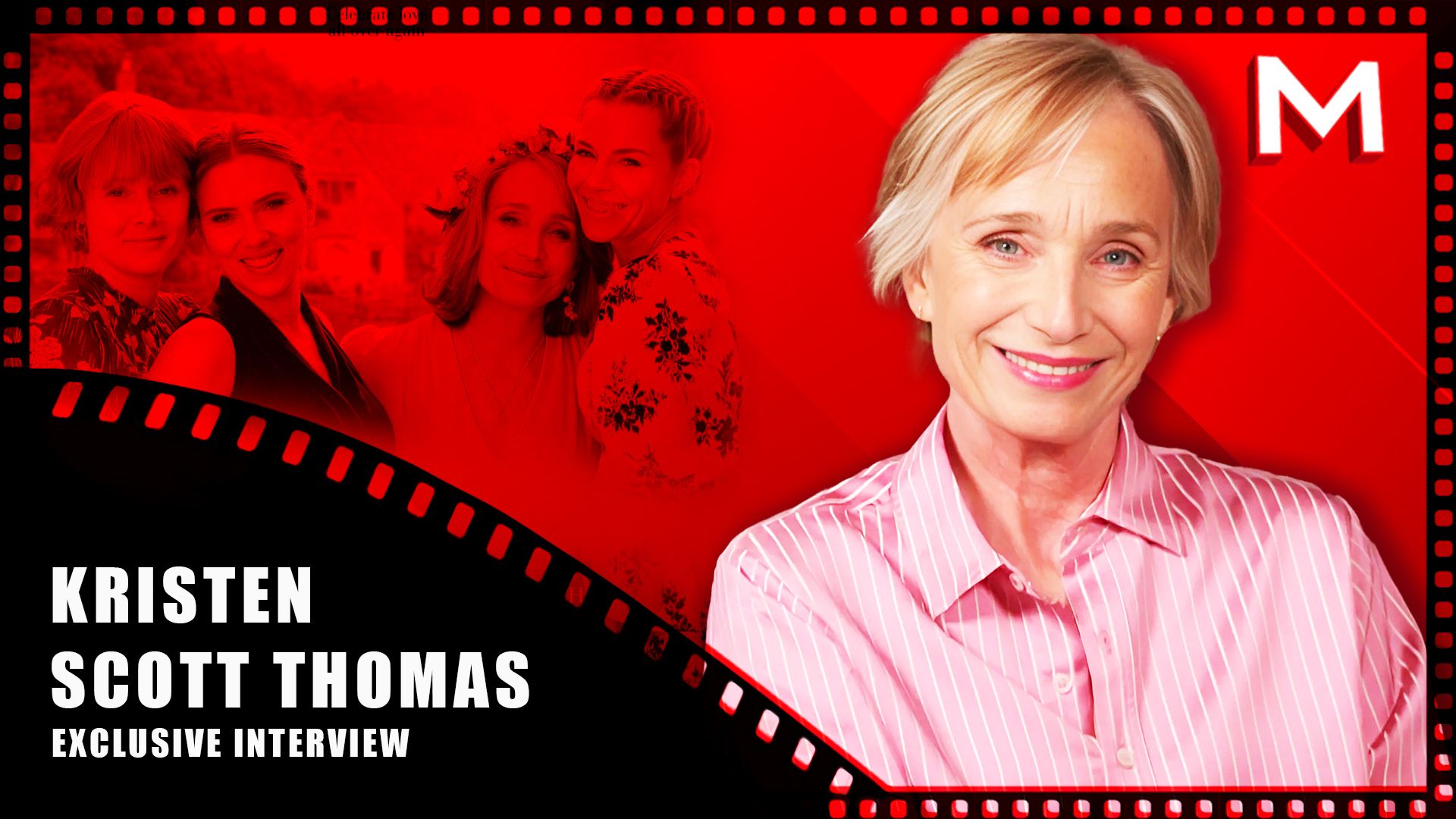What Is a Brand Storytelling Framework and Why Is It Necessary?

A brand storytelling framework is a structured approach that helps you create cohesive narratives for your business. It focuses on positioning your customers as the heroes of the story, aligning your message with their values. This method is necessary for differentiating your brand in competitive markets and enhancing emotional connections. By grasping the key elements and popular frameworks, you can effectively convey your brand’s story across multiple channels. What you might not realize is how this can lead to long-term benefits for your business.
Key Takeaways

- A brand storytelling framework guides the creation of narratives that resonate with the target audience, positioning them as heroes in the story.
- It ensures clarity and consistency in brand messaging across various marketing channels, enhancing overall impact.
- Effective frameworks highlight customer pain points, making the brand relatable and memorable, as 63% of people recall stories better than statistics.
- By aligning narratives with audience values, frameworks foster emotional connections, promoting customer loyalty and engagement.
- Utilizing structured storytelling differentiates brands in competitive markets, aiding in clear communication of unique value propositions.
Understanding Brand Storytelling Frameworks

Comprehending brand storytelling frameworks is essential for crafting narratives that resonate with your target audience and differentiate your brand in a competitive market. A solid brand storytelling framework, like the StoryBrand Framework, positions your audience as the hero, effectively clarifying your brand’s role in their experience.
Conversely, business storytelling frameworks, such as the Three-Act Structure, simplify narrative flow, ensuring your message is clear and engaging. These frameworks guide you in articulating your unique value proposition, addressing customer pain points, and maintaining consistency across marketing channels.
The Importance of a Structured Narrative

A structured narrative framework is essential for brands looking to engage their audiences effectively and convey their unique value propositions. By utilizing established storytelling structures, like the three-act or five-act frameworks, you improve clarity and impact. Research shows that 63% of people remember stories, making a structured narrative fundamental for lasting impressions.
| Benefits of a Structured Narrative | Examples of Frameworks |
|---|---|
| Improves clarity | Three-Act Structure |
| Engages audiences | Five-Act Structure |
| Differentiates in crowded markets | StoryBrand Framework |
| Highlights customer pain points | Pixar Story Framework |
| Cultivates resilience and loyalty | Features and Benefits Formula |
Implementing a structured narrative not merely facilitates deeper connections but also helps you effectively communicate your brand’s unique story and value proposition.
Key Elements of Effective Brand Storytelling

To create effective brand storytelling, you need to focus on building emotional connections with your audience during consistent messaging.
This means comprehending what resonates with your target market and ensuring your narrative aligns with their values and expectations.
Emotional Connection Strategies
Emotional connection strategies are essential for effective brand storytelling, as they enable brands to forge deeper relationships with their audience. By centering the customer as the hero in your brand story, you can create narratives that resonate with their experiences, driving loyalty. Research shows that emotional connections drive stronger bonds with customers, with 63% of people remembering stories over facts. Incorporating testimonials and real customer experiences improves relatability and trust.
| Strategy | Description |
|---|---|
| Authentic Storytelling | Center customers in narratives for connection. |
| Customer Testimonials | Use real experiences to build trust. |
| Shared Values | Align brand values with audience beliefs. |
| Consistent Messaging | Deliver cohesive stories across all channels. |
| Engage Through Experience | Create relatable scenarios in your narratives. |
Consistent Messaging Importance
Consistent messaging plays a pivotal role in shaping effective brand storytelling, particularly in today’s competitive market environment. It guarantees that your brand narrative is clear and recognizable, helping you stand out among the 94% of brands facing increased competition.
Here are four key reasons to prioritize consistent messaging:
- Reinforces Brand Identity: A unified message strengthens how your audience perceives your brand.
- Enhances Clarity: A well-defined brand narrative promotes alignment across departments, guaranteeing everyone presents a cohesive image.
- Increases Memorability: Since 63% of people remember stories better than statistics, a consistent narrative is more impactful.
- Builds Loyalty: Authenticity in brand storytelling creates deeper emotional connections, driving long-term customer loyalty.
Popular Brand Narrative Frameworks

Numerous brand narrative frameworks exist to help businesses craft compelling stories that resonate with their audiences and set them apart from competitors. Some popular frameworks include the StoryBrand Framework and the Pixar Story Framework. These brand narrative frameworks assist in building a brand story that effectively communicates value.
| Framework | Key Features |
|---|---|
| Three Act Structure | Setup, Confrontation, Resolution |
| StoryBrand Framework | Positions customers as heroes, emphasizes the brand as a guide |
| Pixar Story Framework | Utilizes narrative phrases to improve emotional engagement |
How to Choose the Right Framework for Your Brand

When selecting the right brand storytelling framework, how can you guarantee it aligns with your brand’s identity and goals?
Start by considering these key factors:
- Simplicity: The Three-Act Structure is effective for quick engagement, breaking narratives into Setup, Confrontation, and Resolution.
- Emotional Connection: The Problem-Agitate-Solve framework intensifies customer pain points, positioning your brand as the solution and deepening emotional ties.
- Adaptability: Explore different frameworks, like the Pixar Story Framework or the StoryBrand Framework, which offer unique storytelling techniques.
- Clarity and Impact: Confirm your chosen framework improves the clarity of your brand story book and resonates with your audience, as seen in successful storybrand examples.
Choosing wisely guarantees your narrative communicates your unique value proposition effectively.
Applying Your Narrative Across Channels

Applying your brand narrative across various channels is crucial for establishing a cohesive and recognizable identity. By guaranteeing consistency in messaging, content marketing, and social media strategies, you can effectively engage your audience. Companies like McKinsey and SurveyMonkey exemplify this approach, utilizing their brand narratives to connect with customers and align with their expectations. Furthermore, Patagonia demonstrates how integrating ESG efforts with your brand narrative reinforces your values.
| Channel | Application | Example |
|---|---|---|
| Social Media | Reflects brand positioning | SurveyMonkey’s consistent messaging |
| Content Marketing | Engages audience | McKinsey’s narrative-driven content |
| ESG Efforts | Aligns with brand values | Patagonia’s commitment to sustainability |
| Overall Messaging | Guarantees coherence | Storybrand script implementation |
Consistent application cultivates trust and loyalty among consumers.
The Long-Term Benefits of Brand Storytelling

Brand storytelling offers significant long-term advantages that extend beyond immediate marketing gains.
By effectively utilizing brand storytelling, you can reap these benefits:
- Emotional Connections: Engaging narratives cultivate loyalty, as consumers relate to your brand on personal levels.
- Enhanced Retention: With 63% of people recalling stories, compelling narratives guarantee your brand stays top of mind, unlike mere statistics.
- Organizational Clarity: A strong framework narrative aligns your team, guiding consistent messaging and decision-making.
- Market Differentiation: In a crowded environment, unique storytelling helps you stand out, crucial for survival as competition increases.
Conclusion
In summary, a brand storytelling framework is crucial for developing clear and engaging narratives that resonate with your audience. By comprehending and implementing structured storytelling elements, you can differentiate your brand, improve customer loyalty, and guarantee consistent messaging across various channels. Choosing the right framework customized to your brand’s values will help you connect effectively with your target market. In the end, a well-crafted narrative not just captures attention but also cultivates lasting relationships with your customers.
Image Via Envato
This article, "What Is a Brand Storytelling Framework and Why Is It Necessary?" was first published on Small Business Trends
What's Your Reaction?
 Like
0
Like
0
 Dislike
0
Dislike
0
 Love
0
Love
0
 Funny
0
Funny
0
 Angry
0
Angry
0
 Sad
0
Sad
0
 Wow
0
Wow
0




















































![Evalyn's "Playstation" is dark pop electronic bliss [Video]](https://earmilk.com/wp-content/uploads/2025/08/PLAYSTATIONPRESS1-800x533.jpg)








































